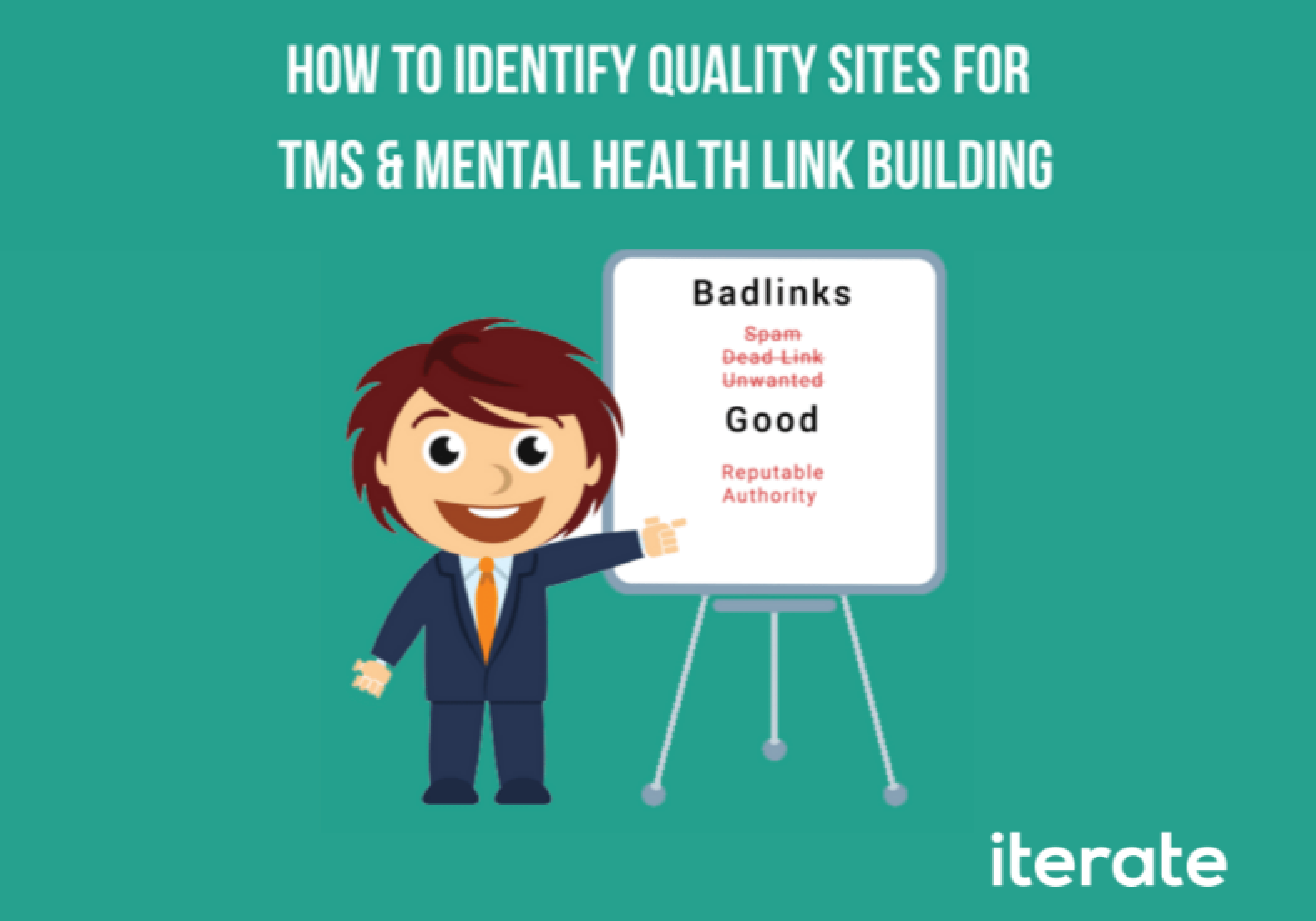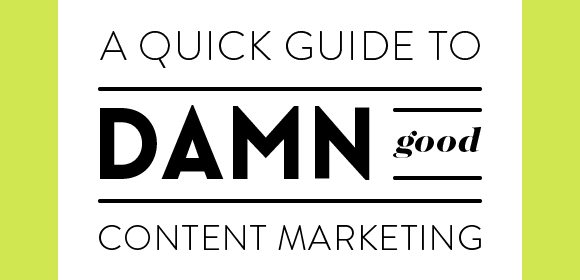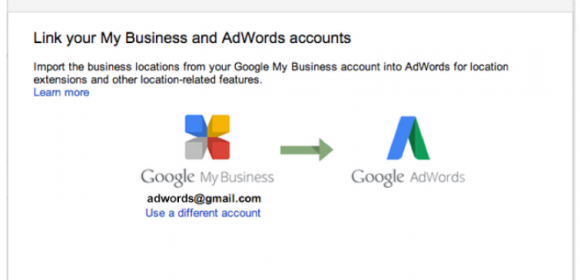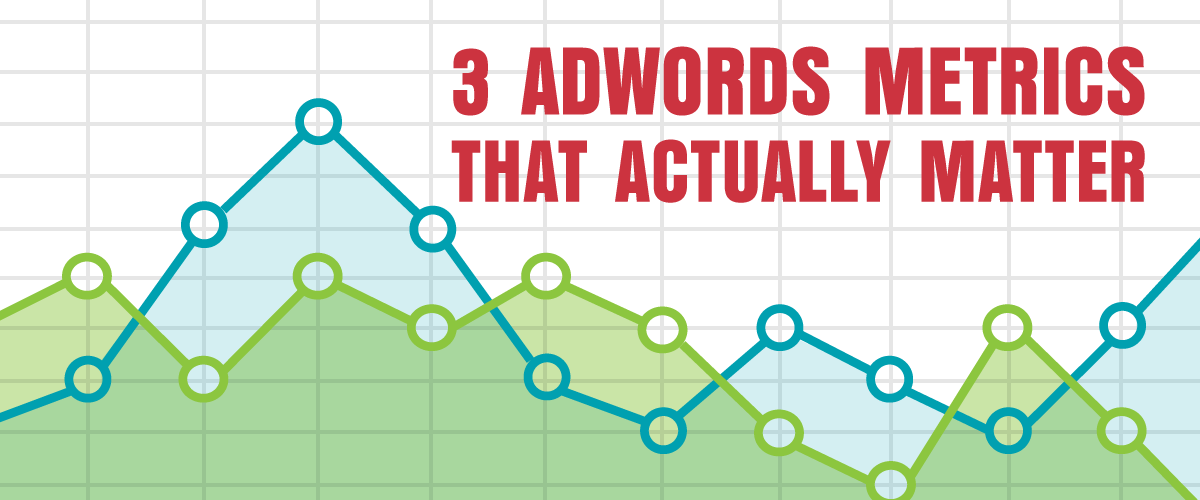What is a Title Tag? [And How Do We Use it for Our Local Clinic?]
TMS therapy clinics have struggled with a lack of recognition due to an increase in local competition. However, thanks to search engines and SEO (search engine optimization), these clinics finally have a shot. Taking care of even the smallest elements – such as the title tag of a web page – can go a long way in attracting qualified prospects to your website.
But what is a title tag? And how exactly can it help improve the online visibility of a TMS therapy clinic?
In this article, we’re going to discuss what a title tag is and its significance for your local clinics.
Let’s jump right in.
What is a Title Tag?
A title tag is an HTML element, which is the title of a webpage that appears as a clickable link on search engine results pages. It is a direct ranking factor and crucial for user-experience and even social sharing.
Ideally, a title tag should be under 50-60 characters for Google to display it properly (without cutting out words).
Keep in mind that a title tag is different from a meta description, which is another type of meta tag that provides a concise description of what the page is about.
In HTML, webpage titles look like this:

In the SERPs, they appear as page titles that look like this:

Here is a standard format to craft the perfect title:
Primary Keyword – Secondary Keyword | Your Clinic
How to Add a Title Tag on WordPress
If you’re on WordPress, you can easily add or update HTML tags with the help of a WordPress plugin called YoastSEO.
Here’s how:
- Create a post/page on WordPress by clicking the Add New button.
- Scroll down the page. At the end of the editor, you’ll see a section for Yoast SEO.
- Click on Edit Snippet.
- Create or edit the SEO title for adding/modifying your title tag.
Why are Title Tags Important?
Title tags help both search engines and the users understand what your page is about.
But what else makes them so important? Let’s have a look.
They’re the First Thing Potential Visitors See on the SERPs
A title tag leaves the first impression on users. If it’s not relevant and captivating enough, searchers won’t click on your link – bringing down your click-through rate (CTR).
Think of it this way: If you don’t put a sign outside your clinic, not only will patients be unable to find it, it would also make you seem untrustworthy.
They’re What People See on Social Media
Title tags also work as headlines for the posts you share on social media and other external websites, thereby affecting the CTR.
With YoastSEO, you can create and set separate tags for Facebook, Twitter, and search engines, like so:
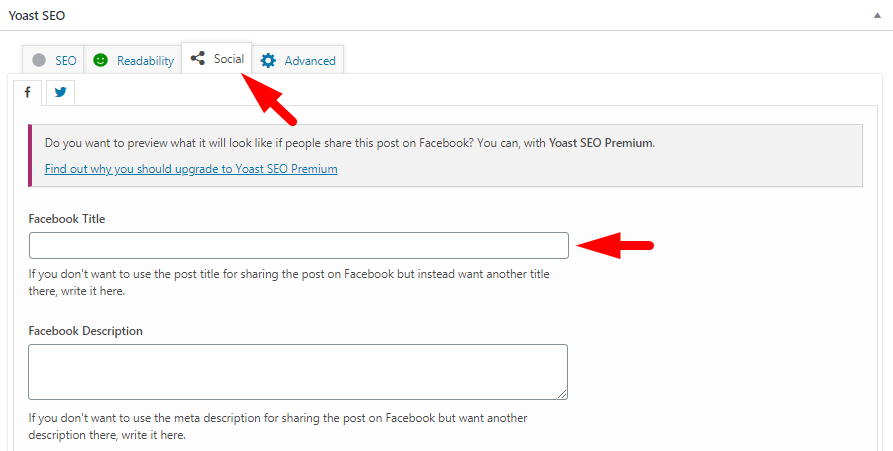
They Make it Easier to Locate in Browser Tabs
A page’s title tag also appears on the web browser tab in which it’s open.
That way, if a user has multiple tabs open in their browser, the title tag will make it easier to find the page.
How to Craft a Great Title Tag (Best Practices)
All things considered, you can imagine just how important it is to craft properly optimized title tags for search engines.
Here are some on-page SEO tips that will help you create good title tags.
- Make it Relevant to Your Content
Your title tags should be straightforward and highly relevant to your page’s content. While writing them, keep the user intent (the reason behind the search query) in mind.
If the HTML title doesn’t align with what the user hoped to find on your landing page, they’ll leave without engaging with your website, increasing the bounce rate and hurting your search rankings.
For that reason, write your title tags for your customers/keep them relevant and avoid click-bait.
- Add Your Keywords (but Don’t Overdo it)
Another best practice is to include your main keywords (along with secondary ones) in your title tags.
Furthermore, if you can, try to place the target keyword/important keyword towards the beginning of the title.
More importantly, avoid keyword stuffing and place them strategically so that your title looks natural.
- Make it Short and Concise
A descriptive title can garner more clicks.
However, if your title tag is too long, it will get cut out in Google search (with ellipsis in the end). Google does that because it has a fixed amount of pixels it assigns to each search result.
To avoid that, a simple rule is to keep your titles short and snappy.
Here are a few tips to trim down your titles without compromising on the quality:
- Avoid using all caps
- Use ampersand (&) instead of writing “and”
- Check the length on YoastSEO or another tool like the Pixel Length Checker.
Last but not least, make sure to stick with the 50-60 character-count range.
- Leverage Your Brand
If you have enough space, make sure to include your clinic’s name towards the end of the title tag.
This will help make your brand name more prominent in the SERPs.
Wrapping it Up
Creating an optimized title length doesn’t sound that significant, but it can significantly impact your SEO, and therefore, the online presence of your TMS clinic.
Spend some time perfecting them and make them count.



